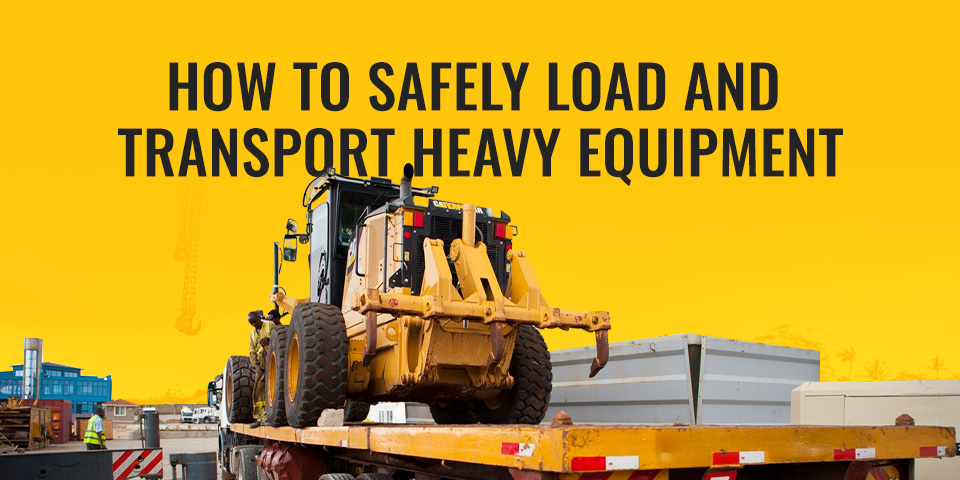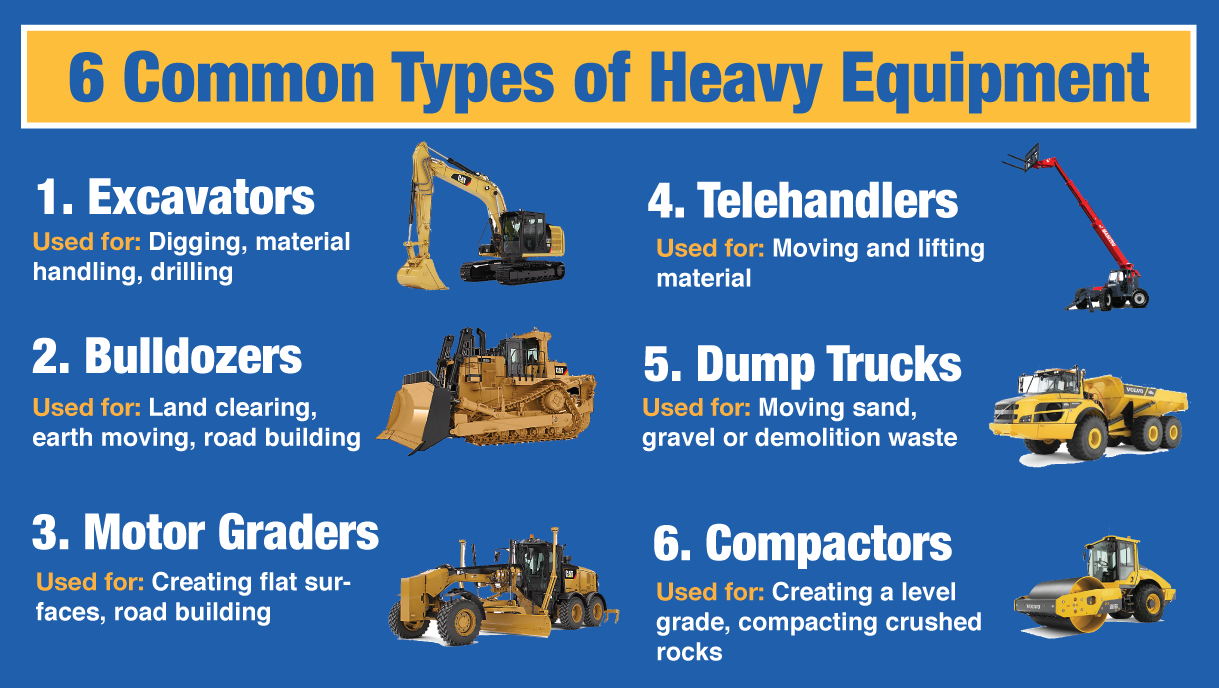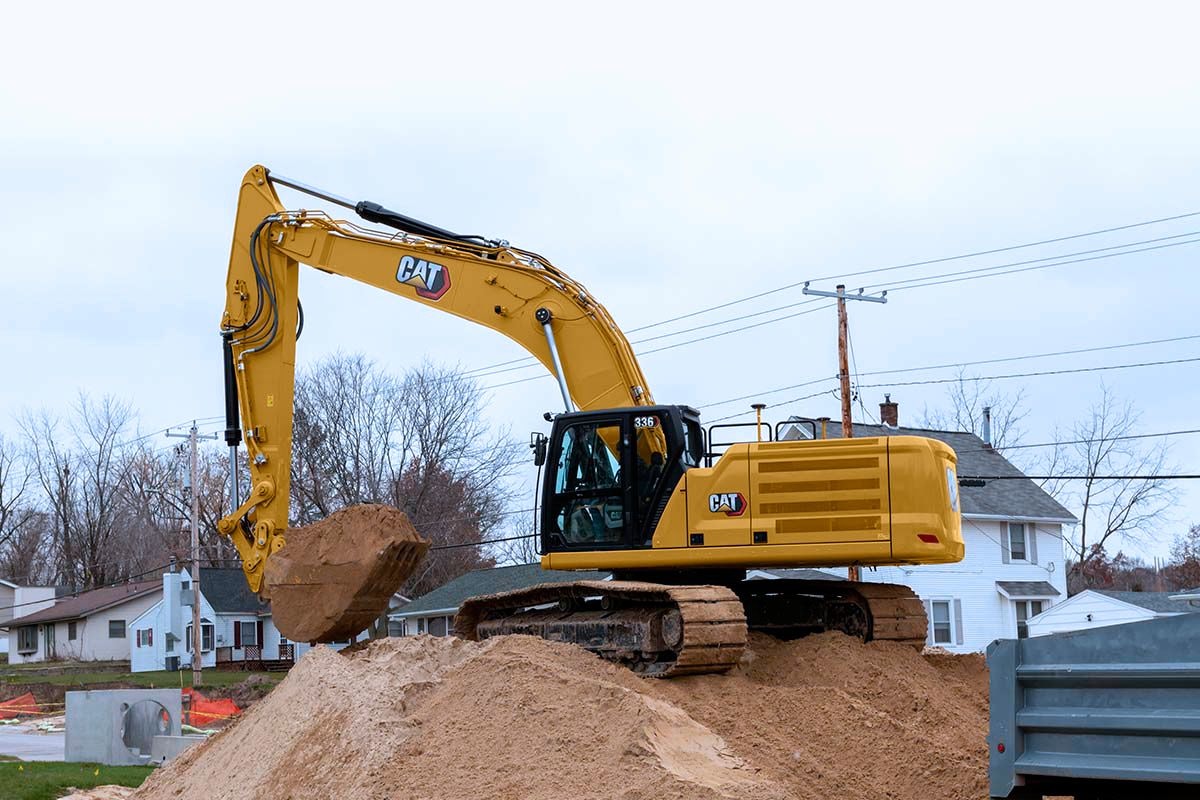Inexpensive Dozer Rental Providers Near You
Wiki Article
Renting Out Vs. Purchasing Construction Tools: Making the Right Choice for Your Job
When embarking on a building and construction job, one of the essential decisions that predict stakeholders and managers deal with is whether to acquire or lease construction tools. The decision pivots on various variables such as cost factors to consider, project duration, tools upkeep, versatility, scalability, and threat administration.Expense Considerations
When examining the economic facet of leasing versus acquiring building devices, the upfront expenses and long-term expenditures have to be very carefully considered. Leasing tools frequently needs reduced preliminary payments contrasted to buying, making it an appealing alternative for temporary projects or service providers with budget constraints. Renting out removes the need for huge funding investments and minimizes the economic risk related to tools possession, such as maintenance and devaluation costs. However, in the future, constantly renting equipment can build up higher prices than acquiring, specifically for extensive projects.On the various other hand, acquiring building and construction tools includes higher ahead of time expenses but can cause long-lasting financial savings, especially for long-lasting jobs or frequent users. Possessing tools gives adaptability, ease, and the capacity for resale worth once the task is finished. Furthermore, owning tools permits personalization and familiarity with particular machinery, potentially raising effectiveness and productivity on-site. Inevitably, the decision between purchasing and renting out building tools hinges on the job's duration, regularity of usage, budget factors to consider, and long-lasting monetary goals.
Task Duration

Conversely, for lasting jobs or recurring building and construction work, acquiring devices could be the extra cost-effective choice. Buying tools can lead to set you back financial savings in the future, especially if the devices will certainly be regularly used. Additionally, owning tools gives a sense of control over its availability and enables for customization to fit specific job demands.

Equipment Maintenance
Offered the critical role task duration plays in determining the most cost-efficient technique in between acquiring and renting building devices, the focus now shifts in the direction of examining the essential element of tools maintenance. Correct upkeep is crucial for making certain the optimal performance and durability of building equipment. Renting out devices commonly comes with the advantage of having properly maintained equipment supplied by the rental company. This can ease the burden of upkeep tasks from the project owner or service provider, saving effort and time. On the various other hand, having equipment calls for a proactive technique to maintenance to stop breakdowns, guarantee safety, and extend the tools's life-span. Normal inspections, maintenance, and prompt repairs are required to maintain owned and operated equipment in top working condition. Element in upkeep expenses when choosing in between buying and leasing, as ignoring maintenance can result in expensive repair services, downtime, and task hold-ups. Eventually, a well-maintained building devices fleet, whether leased or owned, is necessary for the reliable and effective completion of construction tasks.Adaptability and Scalability
In the world of construction tools management, the facet of versatility and scalability holds substantial importance for job effectiveness and source use. Opting to lease building and construction equipment supplies a high level of flexibility as it allows for the quick change of devices kinds and amounts based on the evolving requirements of a job.In addition, scalability, another vital factor, is inherently linked to versatility. Renting out building and construction equipment provides the benefit of conveniently scaling procedures up or down as project demands vary. Contractors can swiftly exchange or include tools to match the job's transforming demands without the restraints of possessing properties that might come to be underutilized or out-of-date. This capacity to range resources efficiently can cause price financial savings and enhanced task timelines, making renting out a beneficial option for jobs needing versatility and responsive source appropriation.
Danger Monitoring
Efficient threat monitoring in building devices procedures is critical to making certain task success and mitigating potential economic losses. Building tasks naturally entail different threats, such as equipment failures, mishaps, and project delays, which can dramatically influence the job timeline and budget. By meticulously considering the dangers connected with owning or renting out building and construction equipment, job managers can make educated choices to lessen these possible hazards.Renting construction equipment can use a level of danger mitigation by transferring the duty of maintenance and repair services to the rental business. This can minimize the financial burden on the job proprietor in situation of unforeseen equipment failures (boom lift rental). Additionally, renting supplies the versatility to accessibility customized equipment for specific project phases, reducing the danger of possessing underutilized machinery
On the other hand, owning construction equipment provides a feeling of control over its use and upkeep. Nevertheless, this additionally suggests birthing the full obligation for repair work, maintenance costs, and devaluation, increasing the financial threats related to equipment ownership. Careful risk assessment and factor to consider of factors such as project period, devices application, and upkeep demands are essential in determining the most appropriate option for effective threat administration in construction tasks.
Final Thought
Finally, when making a decision in between renting and getting construction devices, it is necessary to consider expense, project duration, tools upkeep, danger, scalability, and versatility administration. Each factor plays a crucial function in determining one of the most appropriate option for the job at hand. By very carefully reviewing these aspects, project managers can make an educated choice that aligns with their budget plan, timeline, and overall job objectives.
Report this wiki page